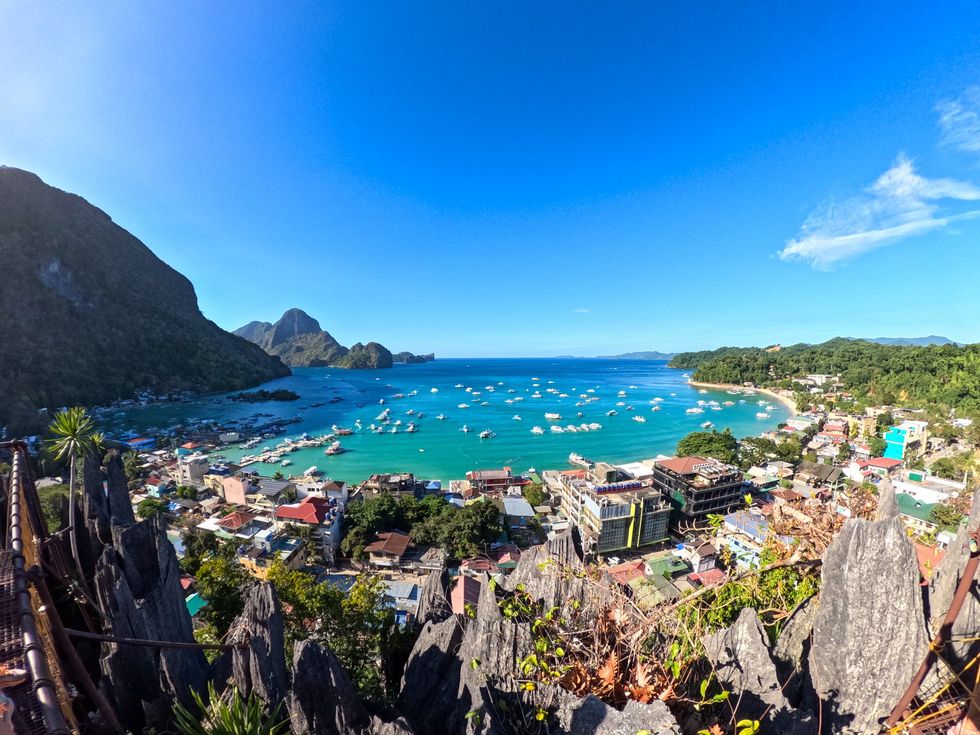Tourists travelling to the Philippines issued warning after two killed in airport car crash

A travel warning has been issued for the Philippines after a vehicle crashed into an entrance at Manila’s Ninoy Aquino International Airport on Sunday morning, killing two people, including a young girl.
Emergency personnel were seen surrounding a black SUV that had rammed into a wall by an entrance to the airport. The vehicle was later removed from the site.
The airport’s operator, New NAIA Infra Co, said it is coordinating with authorities to investigate the incident.
Dozens of emergency responders attended the scene following the crash at the Philippines’ main international gateway.
The incident occurred outside of Manila’s Ninoy Aquino International Airport
Reuters
Among the victims was a young girl, with conflicting reports about her age. The Philippine Red Cross stated she was four, while Secretary of Transportation Vivencio Hizon said she was five.
The other victim was an adult male, according to the humanitarian group.
Three other people were injured in the incident and are currently receiving treatment in the hospital, Hizon confirmed.
The driver of the vehicle that crashed into the airport entrance has been taken into police custody, according to New NAIA Infra Co.
The FCDO has issued advice for tourists in the area. It said: “There has been a traffic incident at the entrance of Manila Airport.
“If you’re in the immediate area, you should take care and follow the advice of the local authorities.”
Fresh travel guidance has also been issued for Britons in Hungary, particularly those in the LGBT+ community.
The guidance comes after Hungary passed new legislation in March that could impact LGBT+ events and gatherings.

Britons in the Philippines are advised to read the FCDO’s guidance
GETTY
The FCDO stated: “Same-sex sexual activity is legal in Hungary. Budapest is generally tolerant and open.”
However, tourists should be aware that “outside of Budapest, showing affection in public may receive unwanted attention”, reflecting the varying attitudes across the country.
Of particular concern is legislation passed on March 19 that “could be used as a legal basis to ban future rallies and marches that depict or promote LGBT+ identities to minors”.
The FCDO warned that “participants in unsanctioned events could be identified by facial recognition technology and face fines of up to 200,000 Hungarian Forints”, which equals around £420.
:max_bytes(150000):strip_icc()/tal-amazon-comfypodiatrist-approved-shoe-deal-one-off-tout-edbb8828e5f74317877e271293e12f8e.jpg?w=390&resize=390,220&ssl=1)
:max_bytes(150000):strip_icc()/TAL-header-northern-neck-virginia-NORTHERNNECKVA0525-aca37dbdff284578a2d196e448b82ac7.jpg?w=390&resize=390,220&ssl=1)

:max_bytes(150000):strip_icc()/tal-zesica-fisoew-amazon-essentials-tout-769ba03073154e878bd78ee4c8dc9324.jpg?w=390&resize=390,220&ssl=1)